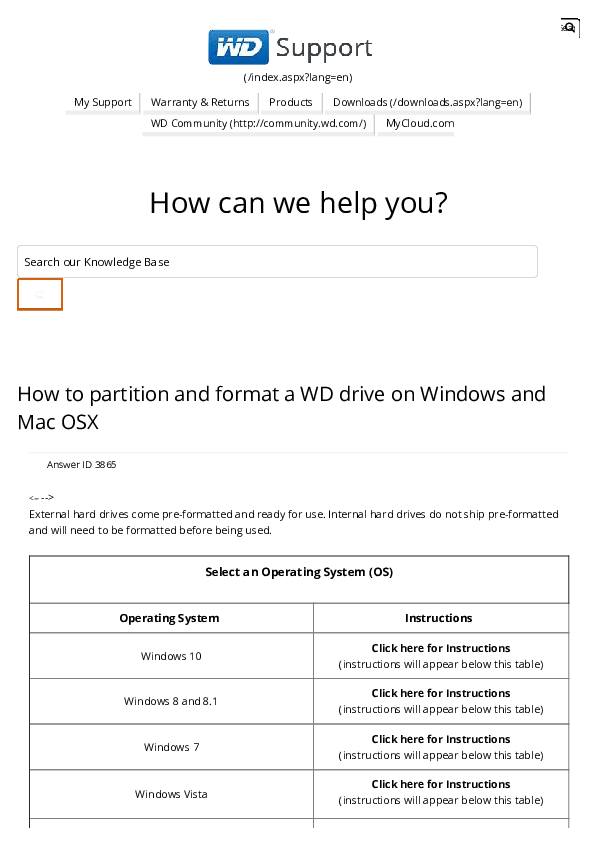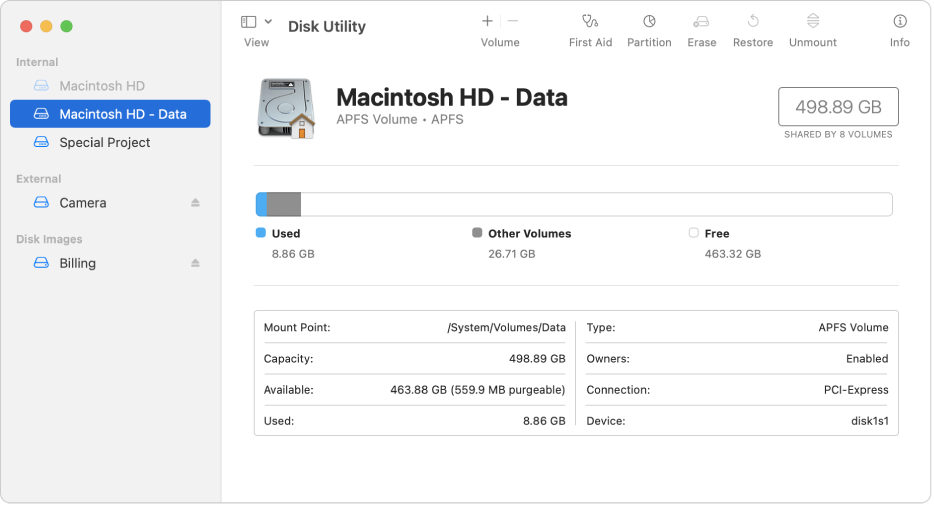
If you have created your own bootable drive with a full system, open Disk Utility from /Applications/Utilities.

#Format my internal hard drive for mac os x? install#
To create your own bootable disk, refer to our blog ‘Creating a Mavericks bootable install disk’. You can then run Disk Utility from there.Īn external drive or a network drive is preferred if it is the internal hard drive you have an issue with, since the OS X Recovery is a partition on the same physical drive which may not be able to successfully unmount or modify your internal disk. So the first thing to do is to startup the Mac from another bootable drive such as an external drive or OS X Recovery.

Normally, any ‘Couldn’t Unmount Disk’ error is attributed to circumstances where the boot drive is being modified or is being used by an application or process.
:max_bytes(150000):strip_icc()/001-format-mac-drives-using-disk-utility-2260076-7a487bfe30ba48bab83567ef686506d7.jpg)
I have found myself recently experiencing a couple of Macs which would not allow me to repair the directory or permissions in Disk Utility, or erase/partition the drive with an error such as: ‘Disc erase failed couldn’t unmount disc’ or ‘Disk Erase failed with the error: Couldn’t unmount disk.’Įven trying to use Network Deployment tools such as Apple’s Netinstall service or DeployStudio have also failed to deploy due to these errors.


 0 kommentar(er)
0 kommentar(er)
